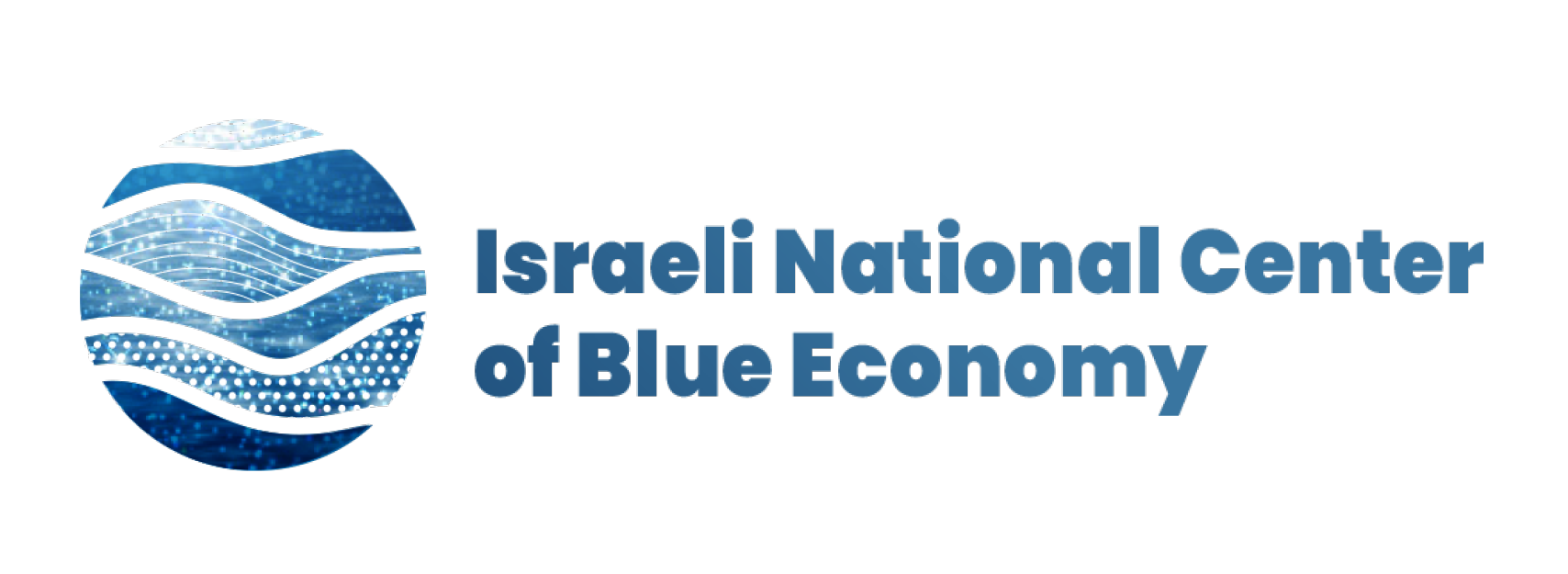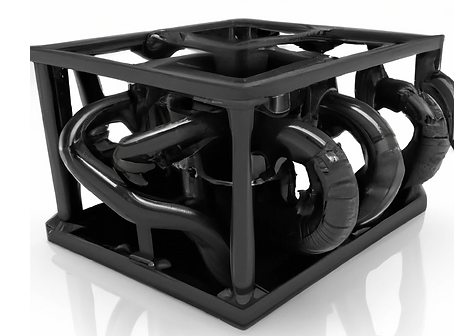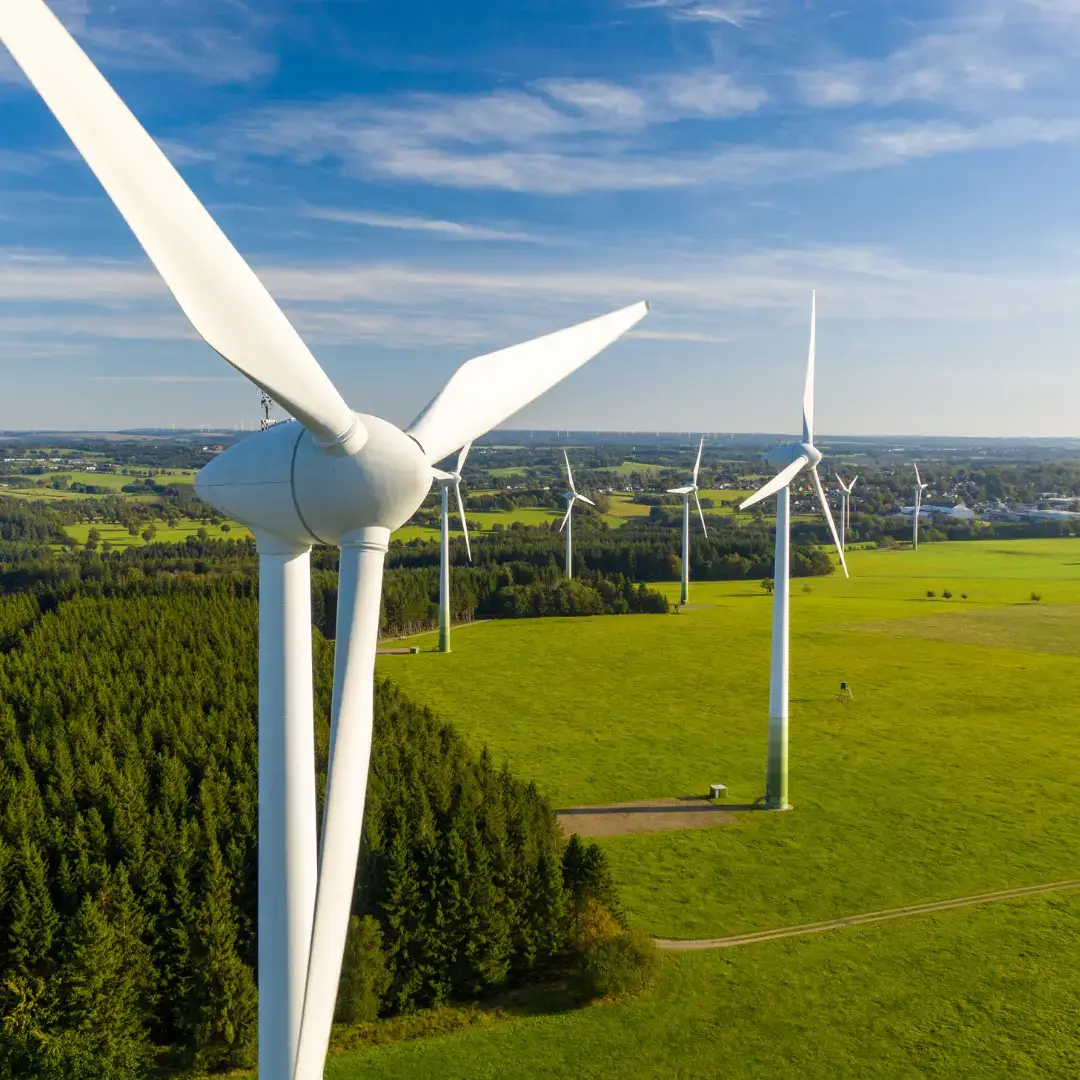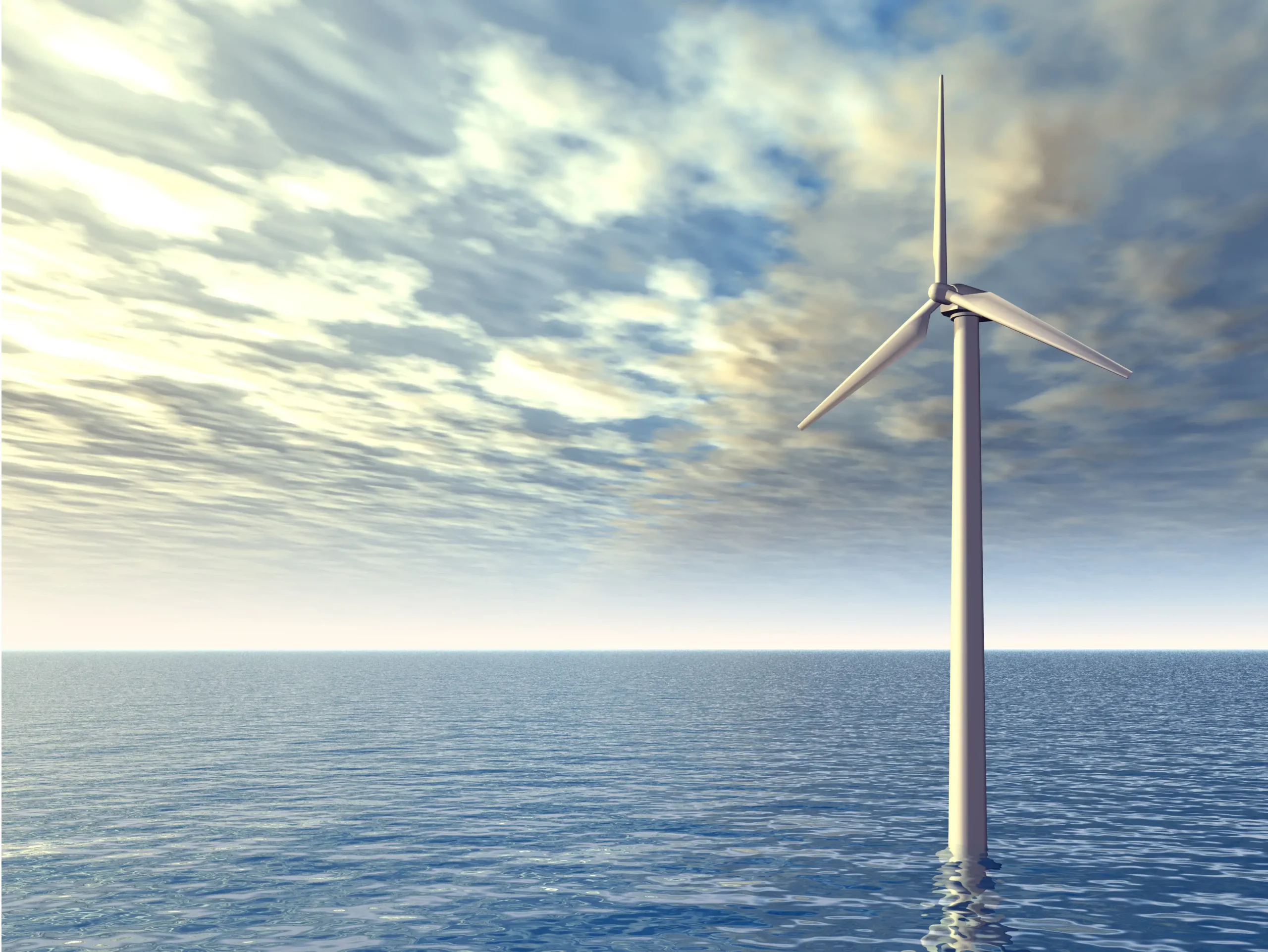Blue Renewable Energy
Harnessing the Ocean for a Sustainable Future
Global trends indicate a significant rise in renewable energy adoption, with renewables projected to contribute substantially to the world’s electricity supply by 2025. This trend highlights the vast potential of ocean energy to reduce carbon emissions and combat climate change.
Current Trends in Blue Renewable Energy
renewable energy adoption
Offshore energy is experiencing significant growth and transformation, driven by advancements in technology and increasing investment. Recent trends show a surge in offshore wind projects, with large-scale wind farms being developed globally, especially in Europe, Asia, and North America. One notable trend is the development of floating wind turbines, allowing wind farms to be installed in deeper waters where wind resources are more abundant and consistent. These floating platforms are engineered to withstand harsh marine conditions, opening up new areas for wind energy exploitation.
Progress in the Blue Renewable Energy Industry
innovation driving change
Significant progress is being made in integrating artificial intelligence and machine learning for predictive maintenance and optimization of offshore installations, enhancing efficiency and reducing operational costs. Innovations in subsea cabling and energy storage solutions are critical for ensuring stable and reliable energy transmission from offshore sites to onshore grids. Addressing storage issues at sea is a key focus, with advancements in battery technology and the development of offshore energy hubs that combine multiple storage methods, such as compressed air and hydrogen storage, to store excess energy generated offshore.
The exploration of hybrid offshore energy systems, which combine wind, solar, and marine energy technologies, is gaining traction, offering more resilient and diversified renewable energy solutions. According to the International Energy Agency (IEA), renewables are expected to account for nearly 50% of global electricity generation by 2030, with solar and wind projected to be the fastest-growing segments. Continued investment and innovation in energy storage and grid infrastructure are critical to accommodating the increased share of intermittent renewable sources.
Paving the Way Forward
In conclusion, technological advancements in solar panel efficiency, wind turbine technology, and energy storage solutions, along with declining costs of renewable technologies, are making them more competitive with fossil fuels.
The transition to renewable energy is seen as a key component of global efforts to reduce greenhouse gas emissions and combat climate change. These technological advancements, along with supportive regulatory frameworks and increased investment, are driving the offshore energy sector towards a more sustainable and robust future.










